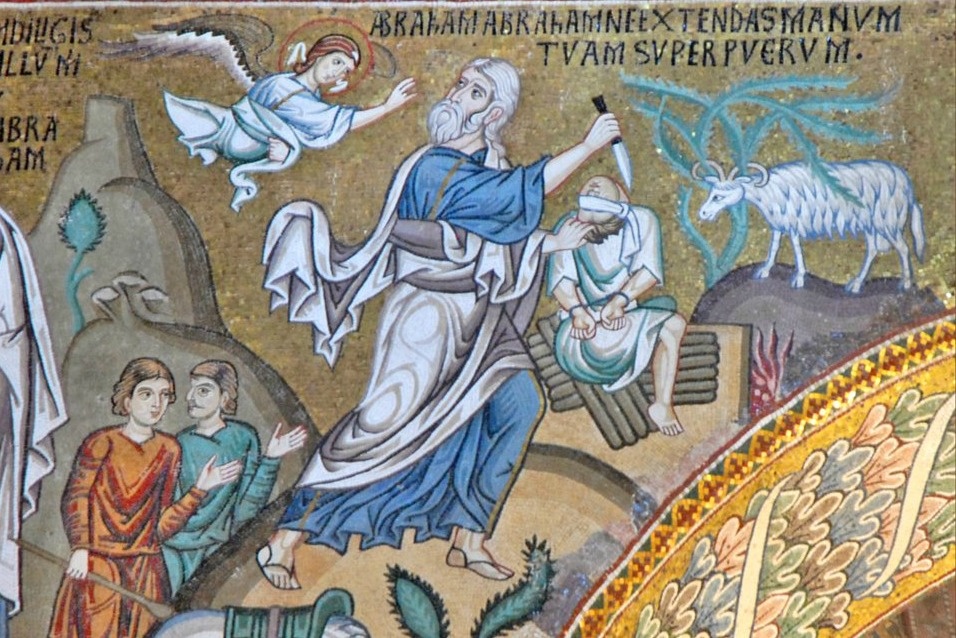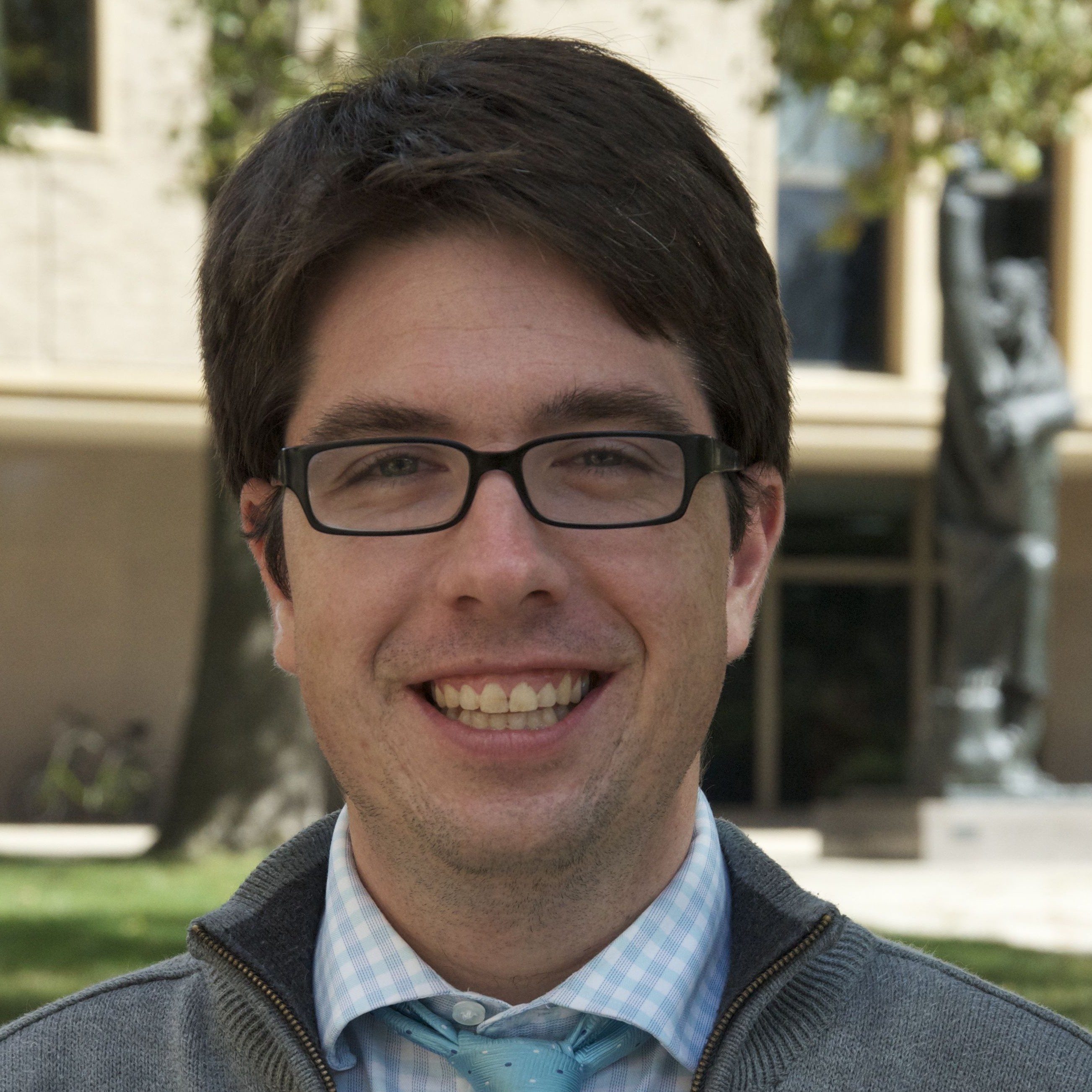The Letter to the Hebrews is a masterful restatement of the story of Israel in light of Jesus Christ. In chapter one, the letter clearly states its premise:
In times past, God spoke in partial and various ways to our ancestors through the prophets; in these last days, he spoke to us through a son, whom he made heir of all things and through whom he created the universe. (Heb 1:1–2)
One must think about the Letter to the Hebrews as the slow building up of an argument about what has been revealed in Jesus Christ. For this reason, it is often difficult to understand snippets of the text without grasping what comes before and after.
On the Nineteenth Sunday of Ordinary Time, we hear about the faith of Abraham. At the beginning of chapter 11, faith is described as “the realization of what is hoped for and evidence of things not seen” (Heb 11:1). The word “evidence” means more than what one would collect from a crime scene. It means seeing what is not yet seeable.
In Hebrews, Abraham has seen what is not visible to the eyes alone. He sees in God’s covenantal promise the possibility of a city not founded by human hands; a people whose fundamental identity is worship.
He sees the possibility that even though both he and his wife Sarah are well past child-bearing age, that God will give them “descendants as numerous as the stars in the sky and as countless as the sands on the seashore” (Heb 11:12).
He even sees the possibility of resurrection in God’s command that Abraham sacrifice his son “Isaac, your only one, whom you love” (Gen 22:2). Any normal one of us, including myself, would not surrender to this command. How could I sacrifice my son? What would happen to the covenant between us?
Yet, the author of Hebrews is making a daring claim: Abraham sees the possibility that Isaac would be raised from the dead. Abraham sees the possibility that the dead will be raised in Christ.
Something of this daring vision of faith is needed by those who hear today’s Gospel. Jesus proclaims that the end is near. Yet, do we see this end?
The world seems to be reveling in a carnival of violence and power in which death and destruction is the order of the day. One could think to oneself, “Maybe, Jesus has forgotten us. Let’s live and let live, for tomorrow we die.”
Yet, that’s not the posture that Jesus invites us to. He invites us to faith, to see beyond the death and destruction toward the possibility that the Son of Man is coming soon: “You also must be prepared, for at an hour you do not expect, the Son of Man will come” (Lk 12:40).
In Hebrews, we are told about the faith of Abraham because it should inspire us to live in the very same posture:
Since we are surrounded by so great a cloud of witnesses, let us rid ourselves of every burden . . . and persevere in running the race that lies before us while keeping our eyes fixed on Jesus, the leader and perfecter of faith. (Heb 12:1)
We must have the faith of Abraham to see what is unseeable. To see the Son of Man acting in the midst of this carnival of death that the world seems to be enjoying. We cannot do this alone. Thus, we gaze with wonder at our resurrected Lord, who shows us that death won’t win. Love has conquered death, and the Church is a communion of saints convoked to live faithfully this divine love in the world.
![]()
This article originally appeared in Our Sunday Visitor: Newsweekly on July 27, 2016 and is reproduced here with the permission of the publisher.
Featured Image: The Sacrifice of Abraham and the Intervention of the Angel (12th c.); Palatine Chapel of Palermo; courtesy of Wikimedia Commons.



